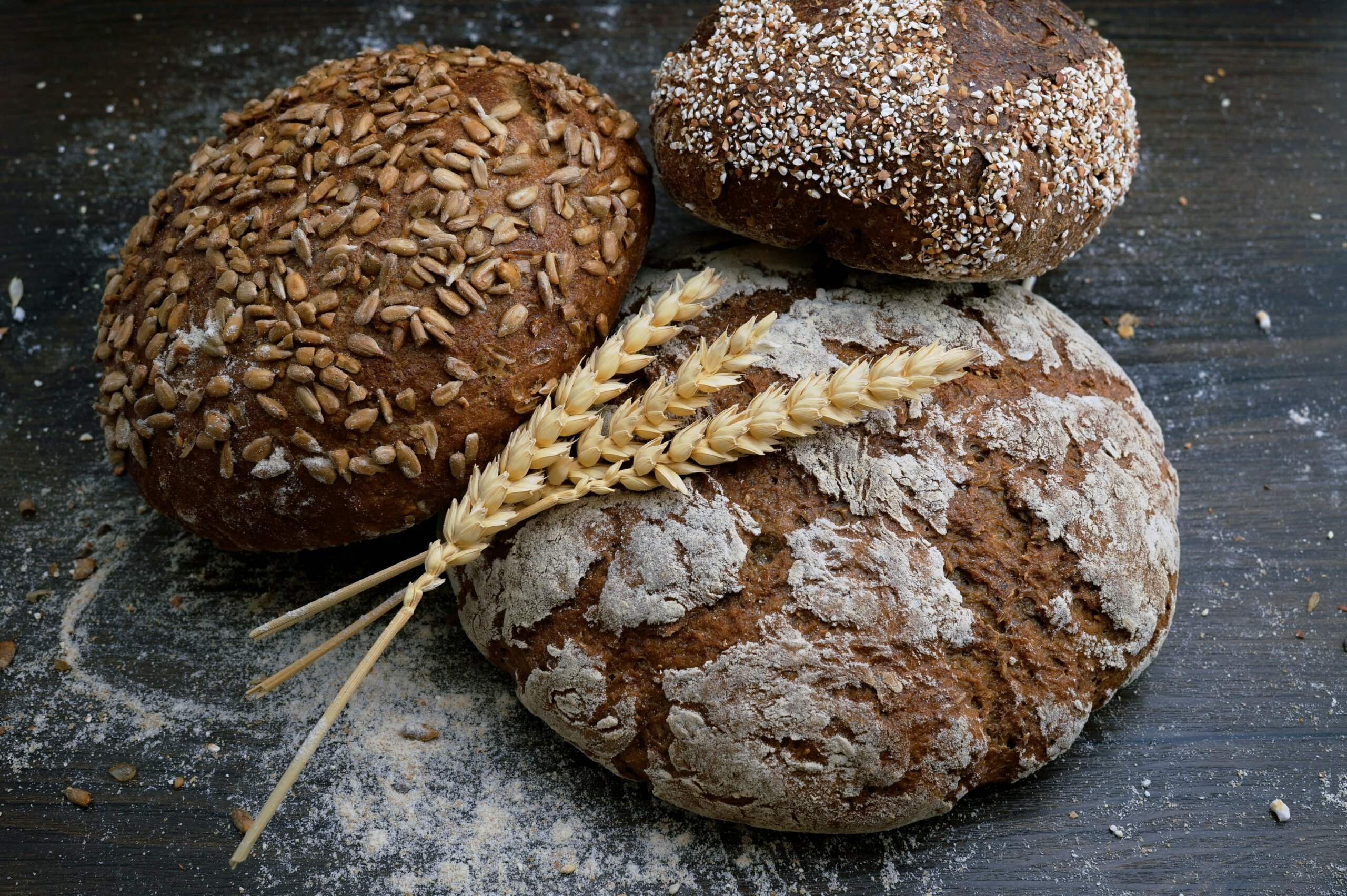In recent years, gluten sensitivity and celiac disease awareness have grown significantly, prompting greater scrutiny over the sources of gluten contamination in our food supply. While much attention is paid to processed foods and restaurant dishes, the presence of gluten in raw agricultural ingredients can be equally concerning and often overlooked. This blog aims to shed light on the common sources of gluten contamination during the cultivation and harvesting of these crucial ingredients.
What is Gluten Contamination?
Gluten contamination refers to the unintended presence of gluten proteins from wheat and related grains in food products that are meant to be gluten-free. For individuals with celiac disease or gluten sensitivity, even trace amounts of gluten can trigger harmful immune responses, leading to a range of health issues.
Sources of Gluten Contamination in Agriculture
1. Crop Rotation and Cross-Contamination: Wheat and other gluten-containing grains are commonly rotated with other crops on agricultural lands. This practice can inadvertently lead to the mixing of seeds and residues, resulting in gluten cross-contamination in subsequent crops.
2. Shared Equipment and Processing Facilities: Agricultural machinery and processing facilities often handle multiple crops, including gluten-containing grains. Inadequate cleaning between different crops can leave behind gluten residues, contaminating otherwise gluten-free ingredients.
3. Transport and Storage Practices: During transportation and storage, grains can be exposed to each other, leading to cross-contact. Bulk storage containers, trucks, and silos that are not thoroughly cleaned can harbor gluten residues, which may transfer to other ingredients.
4. Environmental Factors: Factors such as wind, insects, and birds can contribute to the unintentional spread of gluten-containing grains into fields where glutenfree crops are grown, especially in open-air cultivation.
Prevention and Mitigation Strategies
Understanding the sources of gluten contamination is crucial for implementing effective
prevention and mitigation strategies:
• Dedicated Equipment and Facilities: Implementing dedicated equipment and facilities for gluten-free crops can minimize the risk of cross-contamination.
• Strict Cleaning Protocols: Regular and thorough cleaning of equipment, storage containers, and processing facilities is essential to remove gluten residues effectively.
• Seed Selection and Testing: Using certified gluten-free seeds and regularly testing crops for gluten contamination can help maintain the integrity of gluten free ingredients.
• Educating Farmers and Workers: Providing education and training to farmers and agricultural workers about the risks of gluten contamination and best practices for prevention can significantly reduce incidents.
Conclusion
As awareness of gluten sensitivity continues to grow, so too must our understanding of the sources of gluten contamination in raw agricultural ingredients. By identifying these sources and implementing robust preventive measures, we can ensure the safety of gluten-free foods from farm to table. This proactive approach not only supports the health and well-being of individuals with celiac disease and gluten sensitivity but also strengthens consumer confidence in gluten-free products.
In our quest for safer food practices, addressing unseen threats like gluten contamination in agricultural settings is a vital step towards a more inclusive and health conscious food industry.



